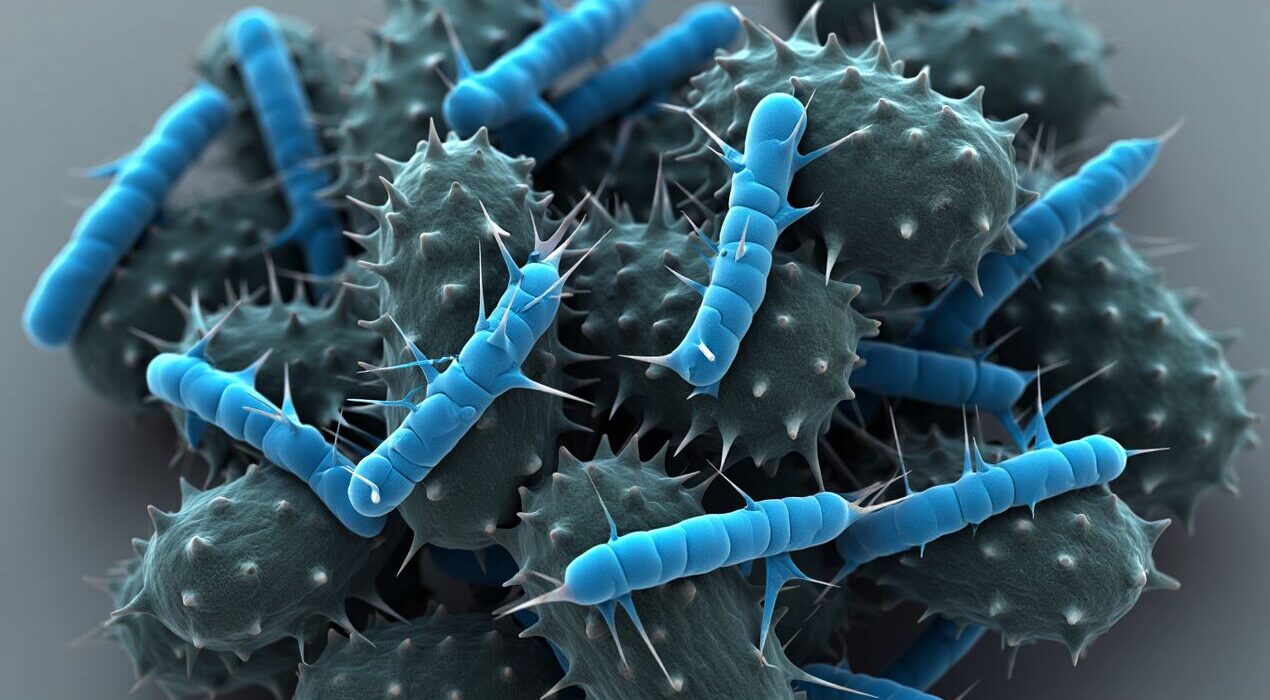Researchers from UCL and Imperial College London have made a major discovery. They captured real-time images showing how certain antibiotics attack harmful bacteria.These findings could help doctors treat recurrent infections.
Cracking Bacteria’s Outer Wall
The team studied polymyxins, a powerful last-resort antibiotic. These drugs target Gram-negative bacteria, which have a tough outer shell.
Using atomic force microscopy, scientists watched E. coli bacteria change. Within minutes, the antibiotic caused bulges on the cell surface.
Soon after, the bacteria began shedding their armor. As a result, the drug was able to break through and kill the cells.
Dormant Cells Stay Safe
Interestingly, the antibiotic only worked on active bacteria. Dormant cells, which “sleep” when food is scarce, stay protected.
This may explain why some infections keep coming back. The drugs miss bacteria that are hiding in a dormant state.
However, when researchers added sugar, the dormant cells “woke up.” Once active, they became vulnerable to the antibiotic again.
What’s Next?
Experts suggest combining antibiotics with treatments that wake up sleeping bacteria. This could help eliminate infections fully.
“It’s like tricking the bacteria into exposing themselves,” said Dr. Andrew Edwards from Imperial.
These results offer a new way to boost antibiotic success, especially against drug-resistant bugs.






